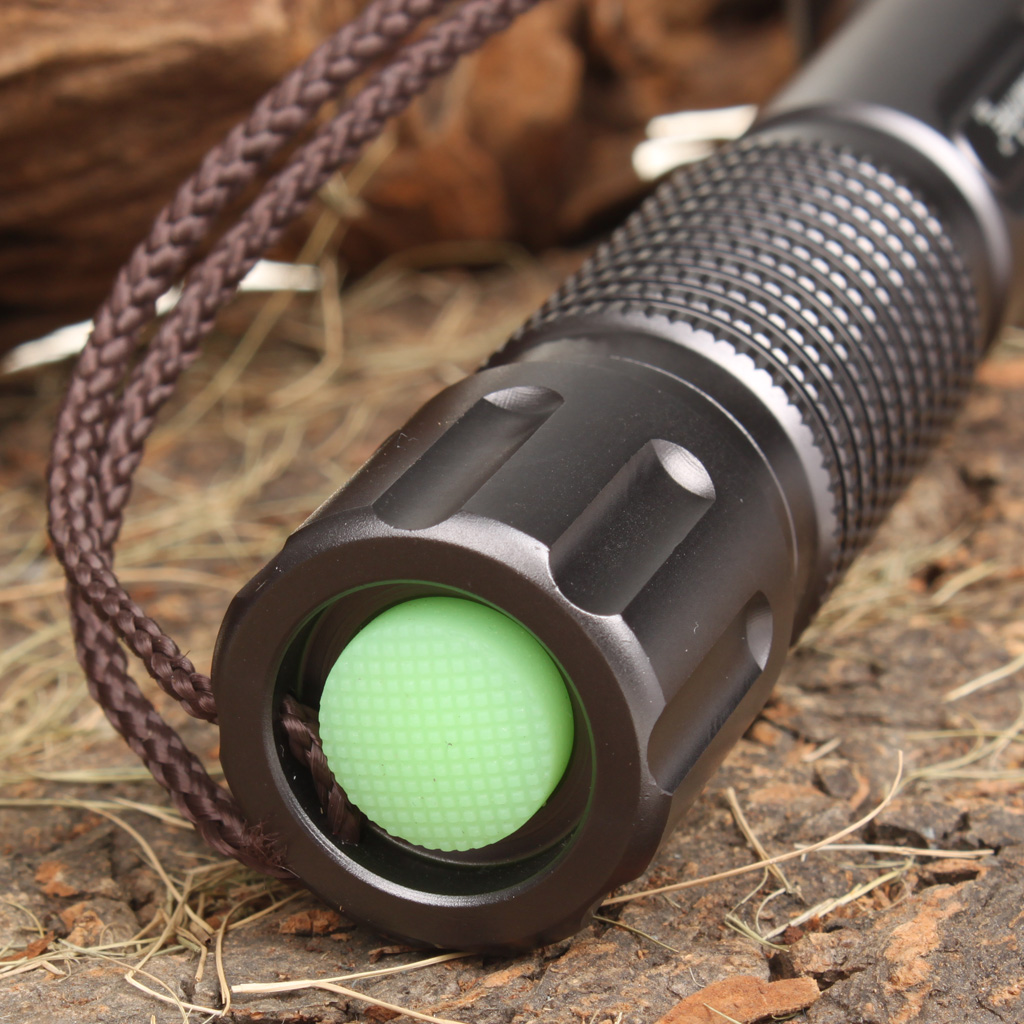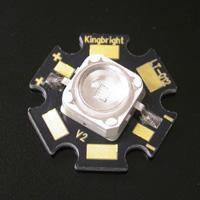Analysis of the reasons for the rise of led lighting lighting source temperature.
Limiting factors currently limit the development of led lighting in addition to the cost, is the heat. The LED is a semiconductor light emitting device, with the change of its own temperature. Its characteristics change dramatically. Led the higher the temperature, the light source the sooner the light fades, the shorter the life. Led normal use standard terms of light decline to 70%, when the junction temperature of 65 ° C, led life more up to 90,000 hours to 100,000 hours; the junction temperature rose to 75 ° C, life expectancy dropped to 50,000 hours life of 20,000 hours; junction temperature of 95 ° C, the light source life; When the junction temperature of 105 ° C, more than ten thousand hours led solution. In view of this, the key to extend the led light source life is to reduce junction temperature to accelerate the cooling effect of the led lighting.
led in the power drive. Not only produce light energy, but also generate a lot of heat. For the LED chip is smaller, its own thermal capacity is also small, the heat generated can not be conduction out in a timely manner, and therefore will produce a high junction temperature. LED illumination light source, in addition to as the visible light energy consumed, the other energy are converted into heat, about 70% of the electrical energy into heat energy. Further, since the the led package small area, less cooling by convection and radiation, and also to make the led light led solution source to the accumulation of a large amount of heat, so that the rise of the temperature of the LED lights source.
led lighting on the hazards of heat bad
Electronic components deformation
led lamps by a number of electronic components. The coefficient of thermal expansion of each component of the material is not the same. When the temperature rises, the expansion ratio of the combined elements is not the same, can lead to the material bending deformation occurs even at the connection, because the stress is too large cracks.
Electronic components blown
LED semiconductor element as a heat source when the temperature l, its impedance becomes small, increase in current, thermal energy increases, the temperature rises, so the cycle of the vicious cycle, prone electronic components blown circuit fault.
Accelerated aging encapsulation material
LED chip packaging use of the epoxy resin, is easily oxidized when the temperature rises, aging and embrittlement, such that its light transmittance decreased, thereby causing led out of the light quantity decrease. The higher the temperature, this phenomenon becomes. After repeated at high temperatures led solution. Material multiple expansion and shrink, will reduce the strength of the material, thereby undermining the performance of the material failure affect their life.



